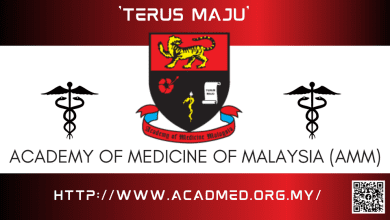

Digestive Health
By Dr Saravana.K
Toxic hepatitis is an inflammation of your liver in reaction to certain substances to which you’re exposed. One of the liver’s roles involves removing and breaking down most drugs and chemicals from your bloodstream. Breaking down toxins creates by-products that can damage the liver. Although the liver has a great capacity for regeneration, constant exposure to toxic substances can cause serious, sometimes irreversible harm.
Toxic hepatitis can be caused by: alcohol; over-the-counter pain relievers; prescription medications; herbs and supplements; and industrial chemicals.
In some cases, toxic hepatitis develops within hours or days of exposure to a toxin. In other cases, it may take months of regular use before signs and symptoms of toxic hepatitis appear.
The symptoms of toxic hepatitis often go away when exposure to the toxin stops. But toxic hepatitis can permanently damage your liver, leading to irreversible scarring of liver tissue (cirrhosis) and in some cases to liver failure.
Symptoms
Mild forms of toxic hepatitis may not cause any symptoms and may be detected only by blood tests. When signs and symptoms of toxic hepatitis occur, they may include: yellowing of the skin and whites of the eyes (jaundice); itching; abdominal pain in the upper right portion of the abdomen; fatigue; loss of appetite; nausea and vomiting; rash; weight loss; or dark or tea-coloured urine.
Risk factors
Factors that may increase your risk of toxic hepatitis include: having a liver disease such as cirrhosis or fatty liver disease; hepatitis B or C viruses; aging; drinking alcohol; being female; having certain genetic mutations; or working with industrial toxins.
Complications
The inflammation associated with toxic hepatitis can lead to liver damage and scarring. Over time, this scarring, called cirrhosis, makes it difficult for your liver to do its job. Eventually cirrhosis leads to liver failure. The only treatment for chronic liver failure is to replace your liver with a healthy one from a donor (liver transplant).
Tests and procedures used to diagnose toxic hepatitis include: physical exam; blood tests; imaging, e.g., ultrasound or CT scan of your liver; liver biopsy. A liver biopsy can help confirm the diagnosis of toxic hepatitis. During a liver biopsy, a needle is used to extract a small sample of tissue from your liver. The sample is examined under a microscope.
Treatments for toxic hepatitis include: stopping exposure to the toxin; supportive care in a hospital; or liver transplant. When liver function is severely impaired, a liver transplant may be the only option for some people. A liver transplant is an operation to remove your diseased liver and replace it with a healthy liver from a donor. Most livers used in liver transplants come from deceased donors. In some cases, livers can come from living donors who donate a portion of their livers.
Prevention
Because it’s not possible to know how you’ll react to a particular medication, toxic hepatitis can’t always be prevented. But you may reduce your risk of liver problems if you: limit medications; take medications only as directed; be cautious with herbs and supplements; don’t mix alcohol and drugs; take precautions with chemicals; and keep medications and chemicals away from children.


